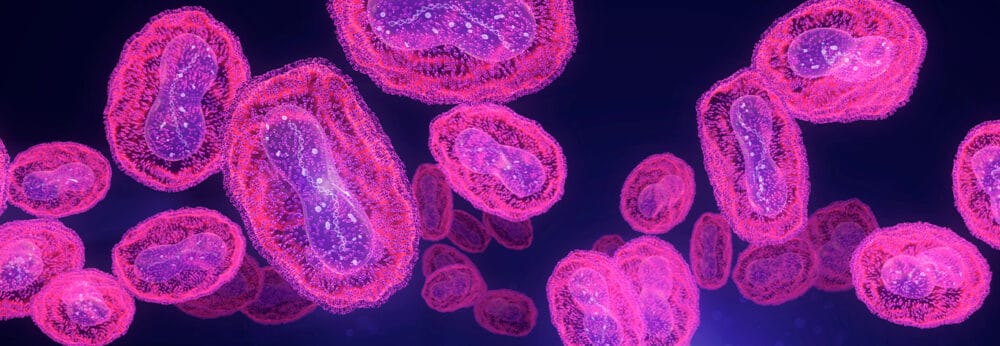Posted
10th August 2018
Research
The emergence of colistin resistance in antibiotic resistant Gram-negative bacteria like CPE is a real concern. An Italian study just published has discovered colistin-resistance genes (mcr-1) on hospital surfaces. This raises the worrying possibility that hospital surfaces could be an important reservoir from which colistin resistance genes could spread to bacteria that cause healthcare-associated infection, making infections even more difficult to treat.
The study reanalysed a library of 300 Enterobacteriaceae isolates from environmental samples collected from floors, bedrails, and sinks in eight Italian hospitals during 2016-17. Amazingly, 8.3% (25/300) of the Enterobacteriaceae harboured the mcr-1 colistin resistance gene. A wide range of bacterial species were represented among those harbouring mcr-1, including a mixture of environmental bacteria, and those that are a common cause of human infection. The discovery of mcr–1 in K. pneumoniae was most concerning, given the potential for this organism to spread rapidly in healthcare settings.
These findings have probable and important clinical implications. It seems likely that some of the species with mcr-1 identified on hospital surfaces could be transferred to patients – either directly or via the hands of healthcare workers ?? and establish colonisation and/or cause infection. Also, it seems likely that the mcr-1 gene will spread horizontally between bacteria in the environment, providing an active reservoir for the creation of colistin-resistant bacteria that could go on to cause human infection. This issue is made worse by the presence of dry surface biofilms, which provide a protected environment for the sharing of resistance genes.
The presence of the mcr-1 colistin resistance gene on hospital surfaces presents a risk of enhancing the development and spread of colisin-resistant bacteria in hospitals. In the light of these findings, we need to continue to focus on the best ways to reduce the risk associated with the contamination of surfaces with pathogens in the healthcare setting.
SHARE THIS ARTICLE
Tags
Latest News
Clean Between to Reduce Healthcare-Associated Infections
Healthcare-associated infections (HAIs) are a significant concern for healthcare facilities…
Mpox: emergence of a new threat
A new threat related to mpox is emerging, in the…
Wiping away infections – the CLEEN way!
Cleaning shared medical equipment with a disinfectant wipe at least…
Embracing sustainability and cost savings: The journey of Clinell Indicator Notes to paper-based solutions
At GAMA Healthcare, we’ve always prided ourselves on being at…




